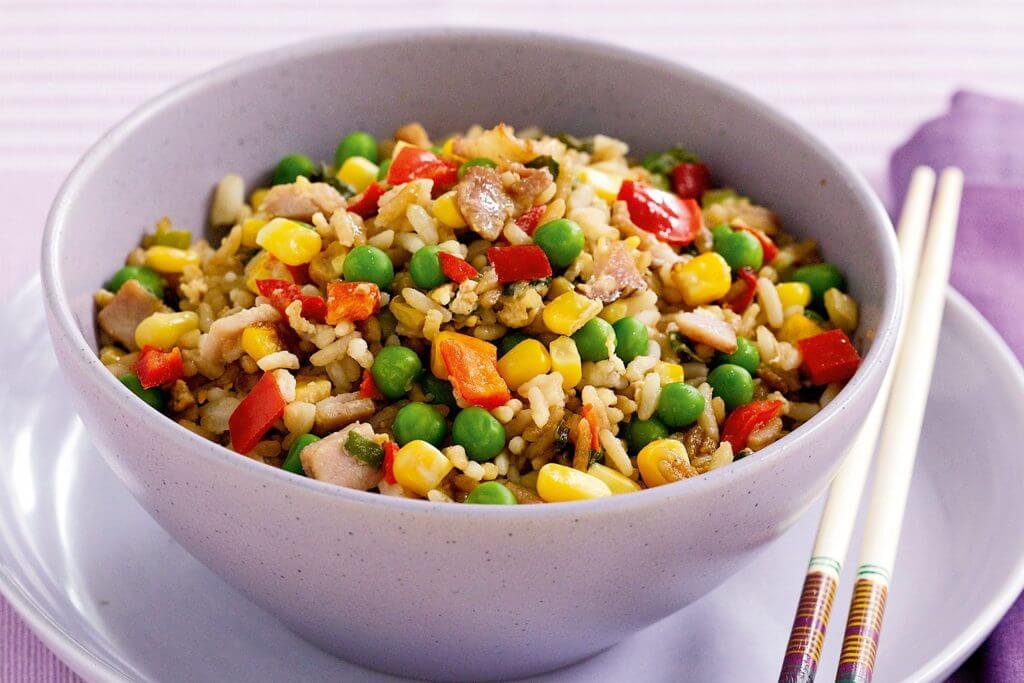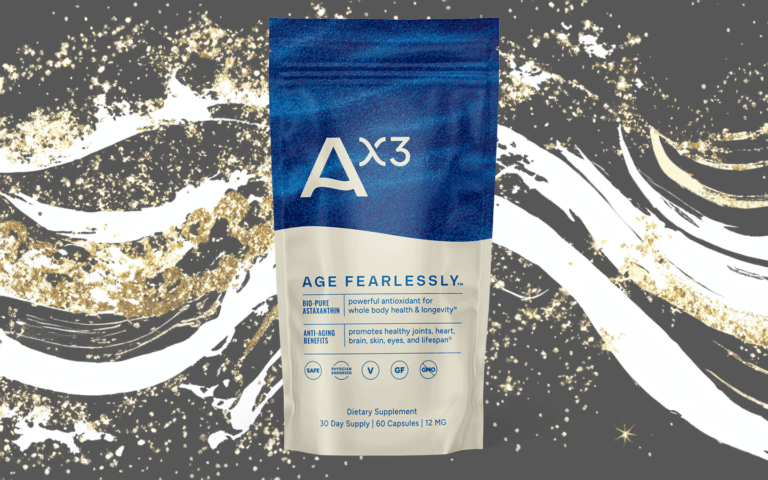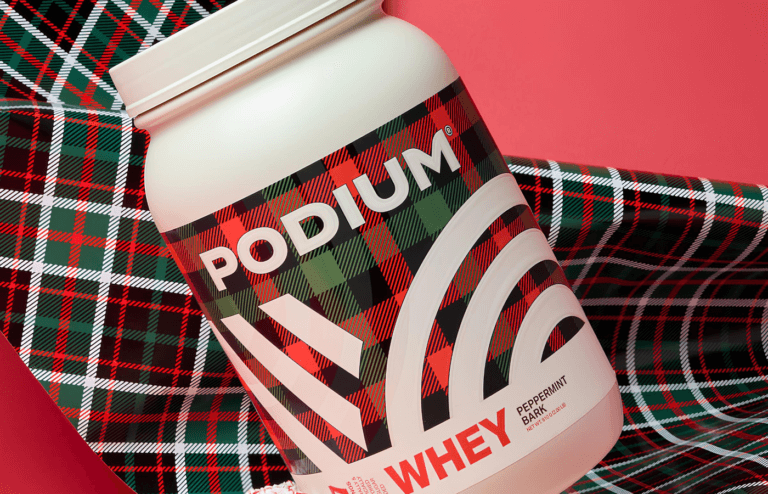by Jeremy Ethier
Adding more veggies into your dishes and replacing some of your carbs or fats with the above-listed foods is an easy way to bump up the volume and fullness you experience from that dish. While, at the same time, reducing the calorie content of that meal.
And get creative with it!
For example, I could eat a 1lb bowl of fried rice which packs around 750 calories. Or, I could have cauliflower fried rice instead, which ends up being even more weight and volume (1.5 lbs) yet would pack only 1/3rd of the calories (250 calories). All while still tasting great and delivering way more protein and fibre as well!
Here are some other easy swaps you can make as well. You can apply this same concept to pretty much any dish or dessert out there if you just get creative and do some research.
And in addition to this, when you’re out grocery shopping, pay attention to the nutrition labels! I mean let’s say you want to make some wraps. I found these tortillas which pack 240 calories for 3 tortillas. Whereas these coconut flour tortillas pack only 130 calories for 3 tortillas. Yet, are the same size and even pack 11g more fibre, which will no doubt keep me just as full or even more full than the other ones while saving me quite a bit of calories! So be mindful of this. It’s really the little switches like this that really do make all the difference.
Moderate Your Healthy Fats
Next, you want to keep an eye on your fat intake. Now we do want to intake a good amount of healthy fats in our diet. Still, studies have found that fats have the lowest impact on fullness when compared to carbs and protein. That’s because high-fat foods are often smaller in weight and volume. Yet they pack over twice the number of calories per gram as carbs or protein does. This just makes them very easy to unknowingly eat, especially given that most people underestimate the calories of these “healthy” foods.
Let’s do some 100 calorie comparisons to illustrate this:
5 walnuts are the calorie equivalent of about 25 strawberries
1 tablespoon of coconut oil equates to about 5 cups of air-popped popcorn
1/4th of an avocado equates to about 30 baby carrots
The latter of each would quite obviously provide a much greater effect on fullness.
So, my recommendation is to aim to experiment with a relatively lower fat intake that’s at least meeting the minimum recommended fat intake every day ( 0.25-0.5g/lb of body weight ). Then allocate the rest of your calories more towards carbs and protein. That’s because those tend to have a much greater effect on your fullness. Do experiment with this, though. The best diet comes down to personal preferences. Some of you will just enjoy having more fats in your diet. That’s perfectly fine. But just make sure that for the fats you do intake every day, be mindful of them and measure them whenever possible. Remember that calorie-dense foods can very quickly take you out of a calorie deficit, which is what matters the most.
Limit Your Liquid Calories
Lastly, is you’ll want to limit liquid calories. Liquid calories have consistently been found to be less satiating than solid calories.
In fact, even in studies where the liquid calorie meal stretches the stomach out more than the solid meal does, the liquid meal still elicits a weaker fullness response than solid foods.
In addition, solid foods tend to delay the return of hunger for longer than liquid foods do.
This means that during a dieting phase it would be a good idea from a hunger management perspective to limit your intake of liquid calories. This means avoiding fruit juices, smoothies, and shakes. And, instead, opting for their whole food counterparts which will have a greater impact on your fullness. Don’t get me wrong, though. a post-workout shake is perfectly fine. But if you’re having additional protein shakes and/or protein smoothies throughout the day, then that’s where this can become problematic in terms of managing your hunger.
Volumetrics 101: Eat More to Lose Weight with This High-volume, Low-calorie Diet.






